re:My own belief is that you know when a diamond is "ideal" without measuring fire at all. All fine diamonds have some dispersion, some more, some less. It is something a person might choose to go for or not be worried over.
Dave,
Imagem can not grade Fire.( BTW one of weakness part of Imagem)
It does not mean Fire is not important( or all diamond with good Brilliancy will have good Fire and vice versa)
Dave,
Imagem can not grade Fire.( BTW one of weakness part of Imagem)
It does not mean Fire is not important( or all diamond with good Brilliancy will have good Fire and vice versa)




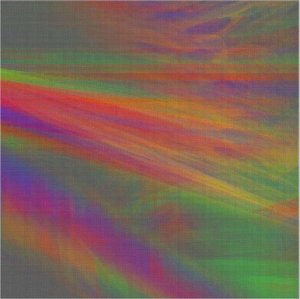
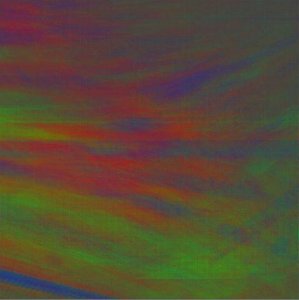
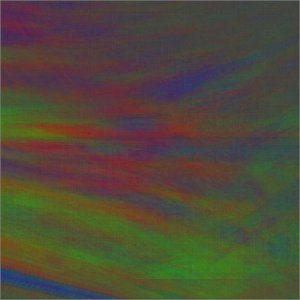
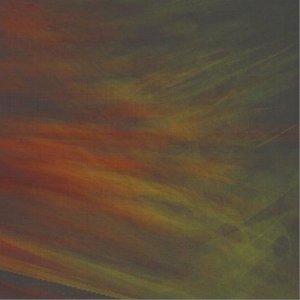
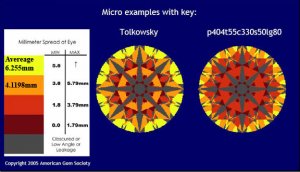


300x240.png)